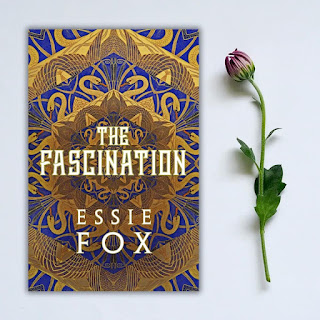Published
in 2006, The Thirteenth Tale was
Diane Setterfield’s debut novel. It is an atmospheric mystery, packed with gothic
features and is a huge nod to the likes of Jane
Eyre and Wuthering Heights. The
complicated plot kept me reading and guessing as to where it was going to take
me. The novel is filled with secrets and ghostly allusions. Its setting is
mainly an old, gloomy mansion, Angelfield House, now destroyed by fire, which
was suitably crumbling and decaying even when inhabited. It
is a novel which explores self and
individuality, twins and siblings, family relationships, separation and
apartness. There are corrosive past secrets, abandonments and hints of
incest. You also consider what is meant by normal behaviour
and what constitutes madness.
Margaret Lea, brought up in her father’s antiquarian bookshop,
prefers the written word to dealing with people in person. As a small child,
she learnt the truth that she had had a conjoined twin who died. All her life
she has sensed the presence of her sister and glimpses her in mirrors, windows
and reflections. Her relationship with her mother has always been complicated. Margaret,
now an adult, is a biographer who receives a written invitation from the
famous author, Vida Winter, who wishes to tell her the ‘truth’ about her life after
years of storytelling. Margaret cannot resist the chance to find the elusive
‘Thirteenth Tale’ which was never published. She is also drawn in by Vida’s
reference to twins in Vida’s story.
Full
of
twists and turns, the story has an interesting narrative structure. Two
stories
are interwoven - Vida’s and Margaret’s. For the most part, Vida’s
account of past
happenings is in the third person but at a point in the story, after
Charlie,
her uncle, disappears, Vida’s account switches to the first person. In
the main, it is Margaret who unravels the story and we follow it through
her eyes.
We also read Hester, the governess’ diary and Vida’s letter.
In
addition to the narrative, this is a book about writing and the effect of the
written words on an individual. There are many features which echo Jane Eyre, a novel which is explicitly
mentioned. The spirits outside Vida’s house, set a remote part of Yorkshire, is
reminiscent of Wuthering Heights. There
is a parallel with Henry James’ The Turn
of the Screw, which centres around a governess and her two charges who
appear aware of ghostly figures outside their remote home.
I found
it to be the sort of book which I enjoyed but not over enthusiastically so.
However, after I had put it down, it did not really leave me. It is a story you
find yourself thinking about.
In short: it is a book which would repay
rereading as there is such a level of detail within the story and so many
connections to unravel.






Comments
Post a Comment